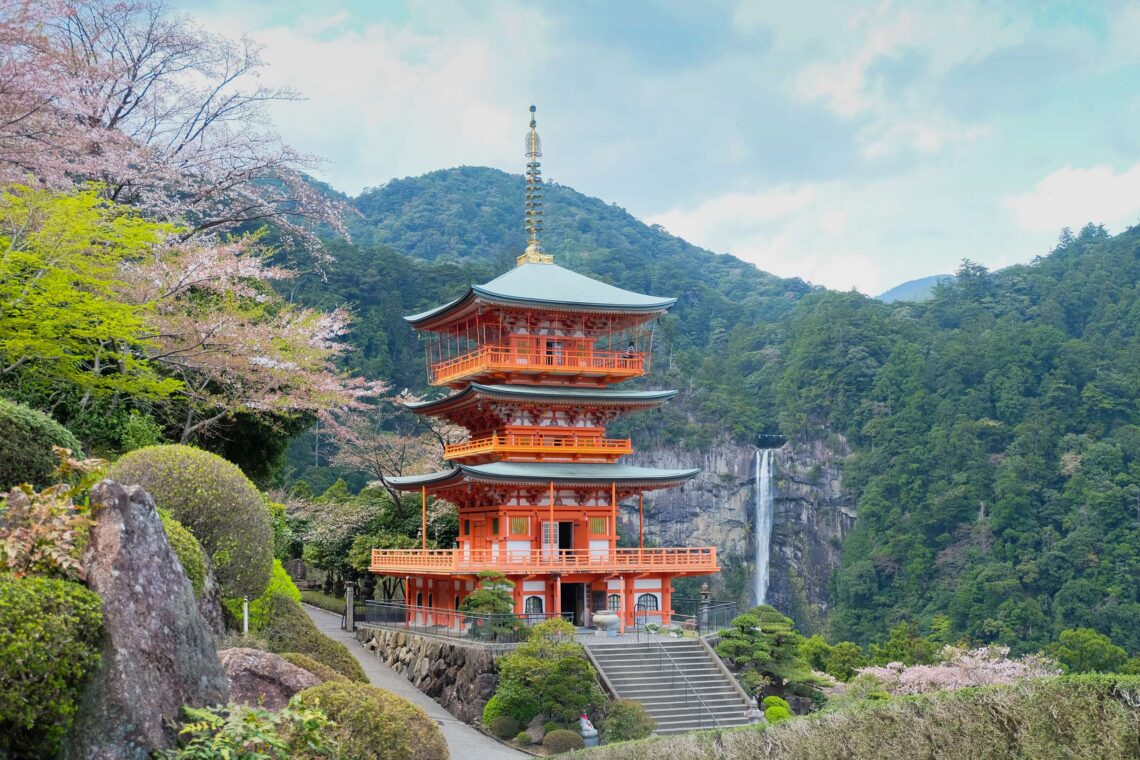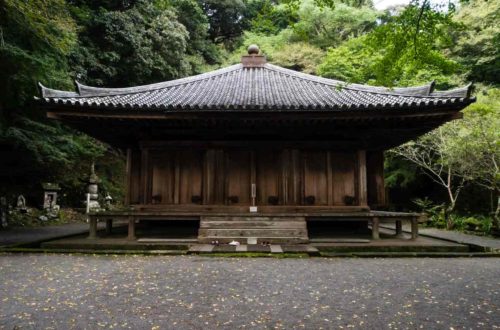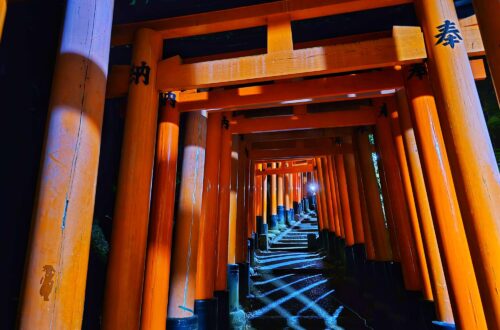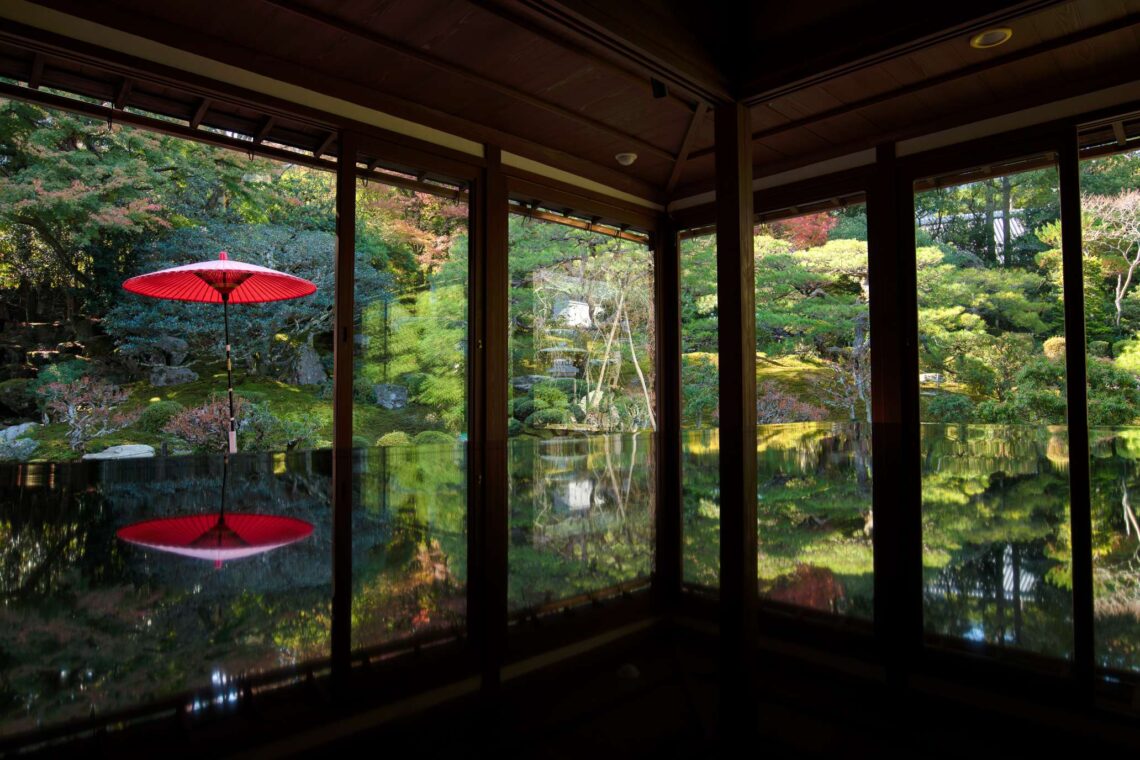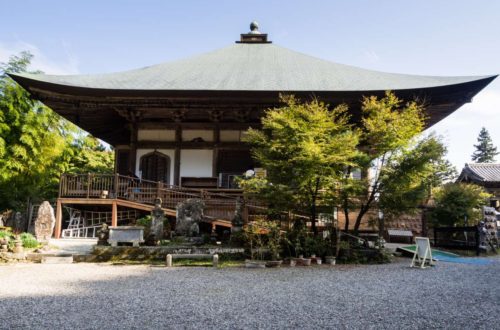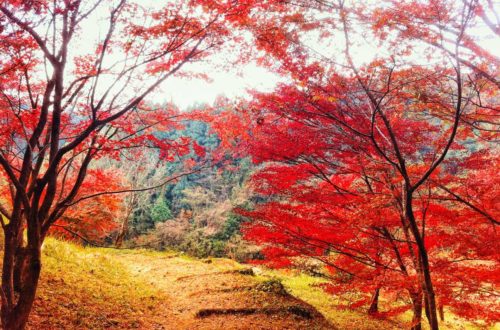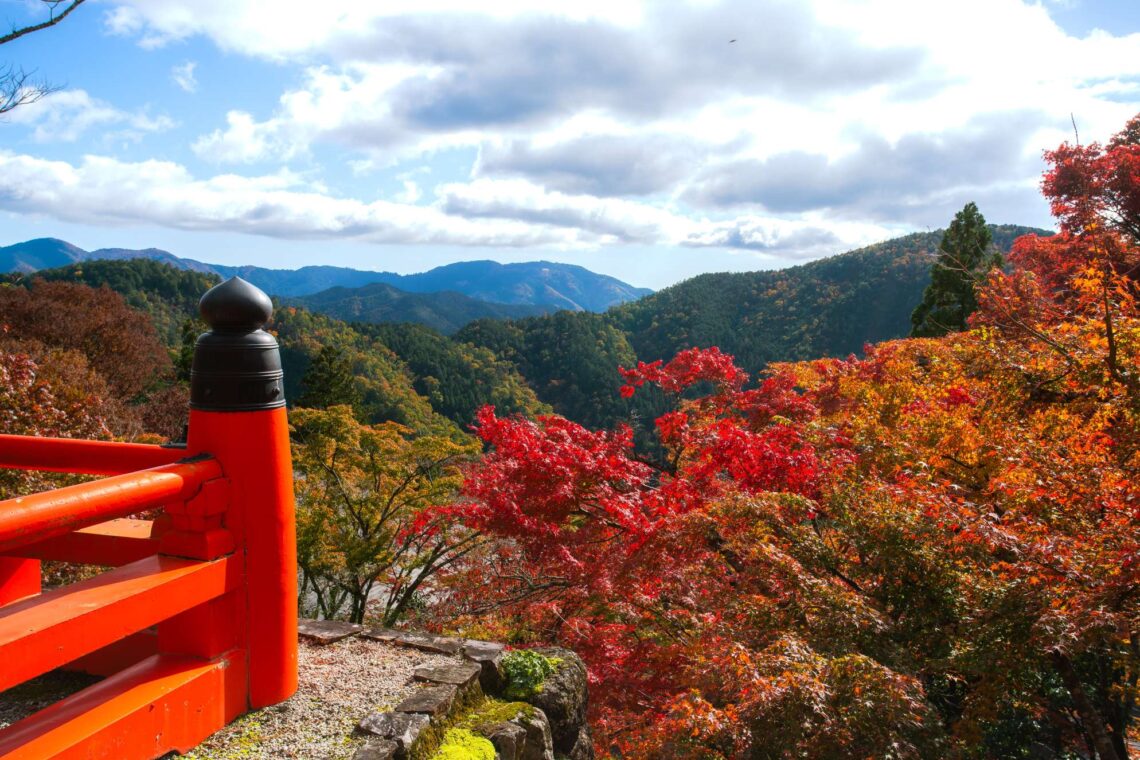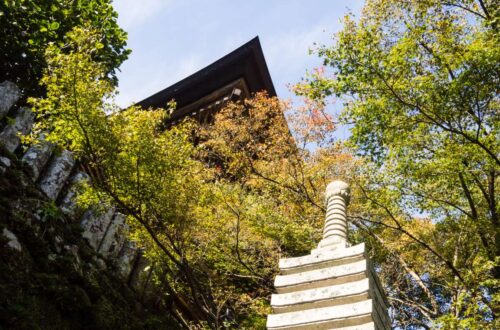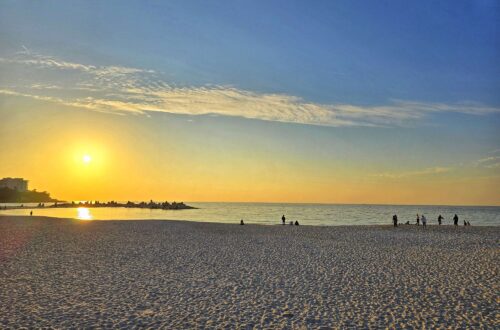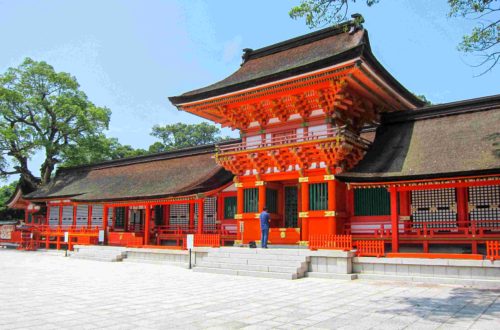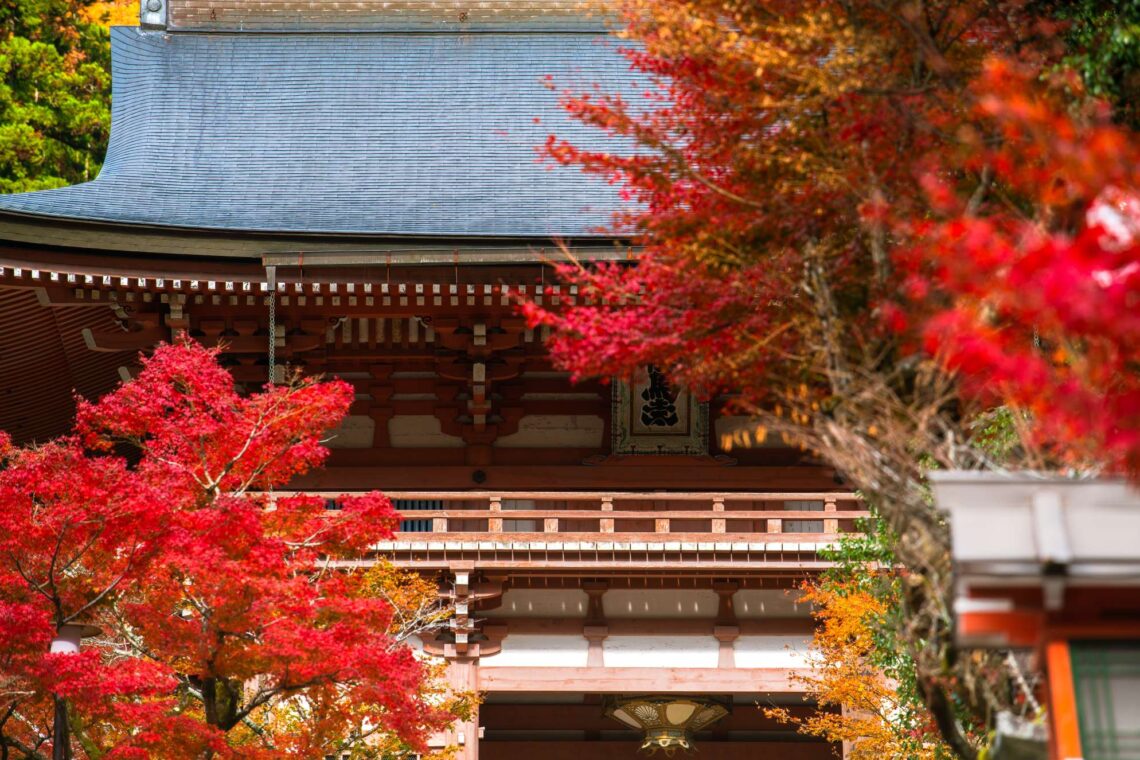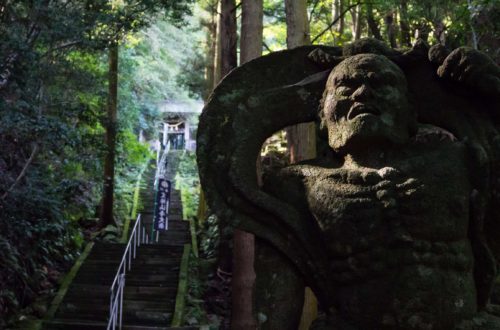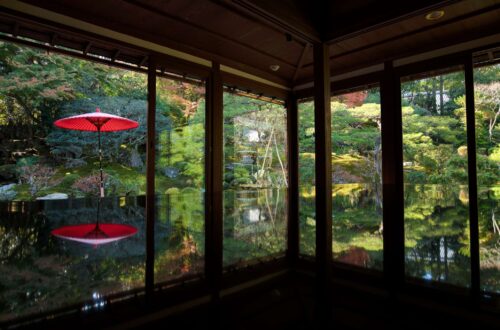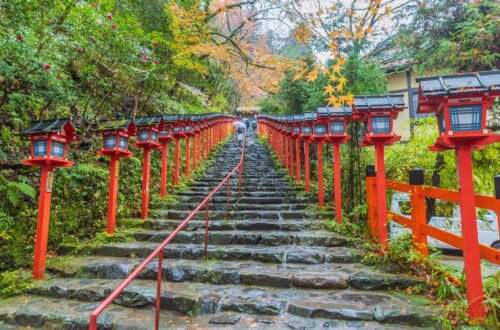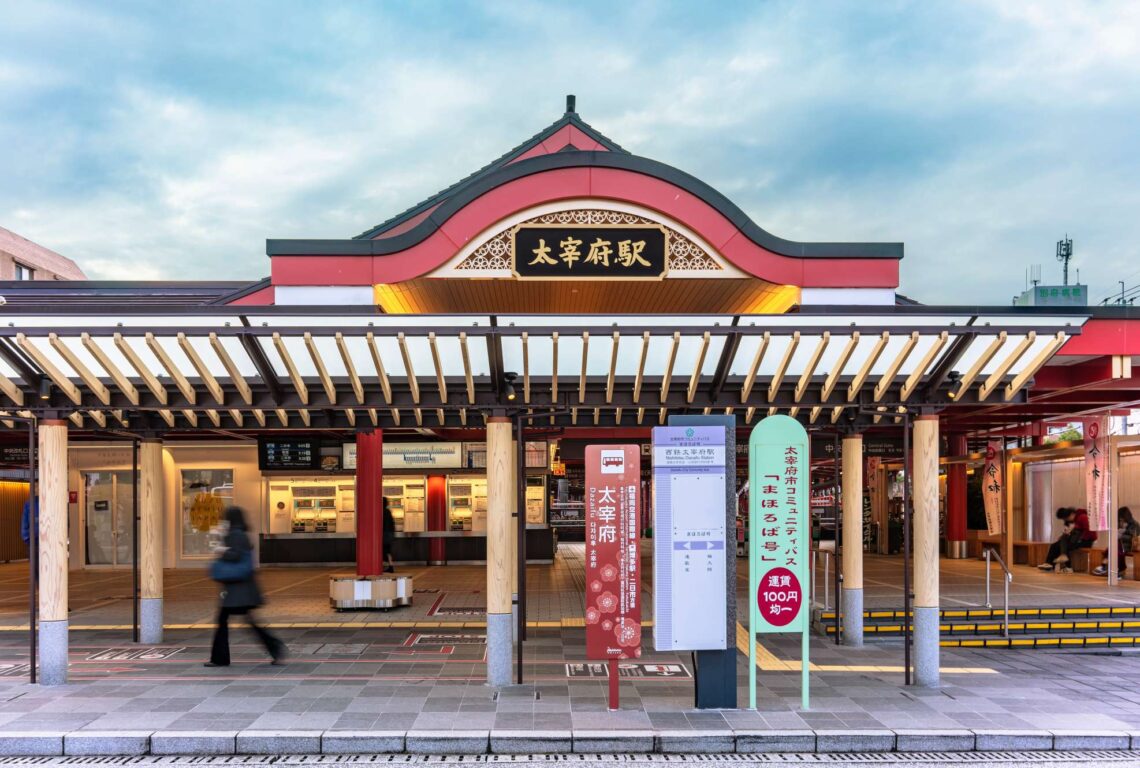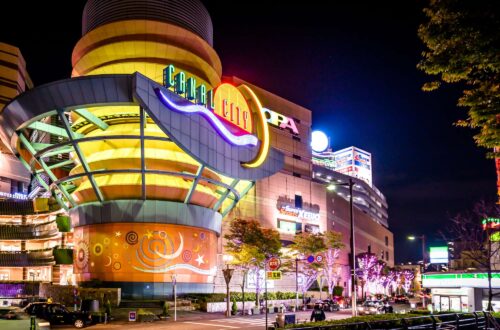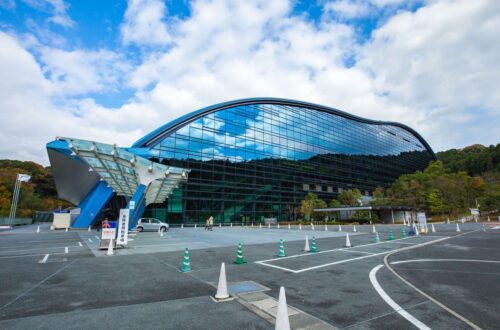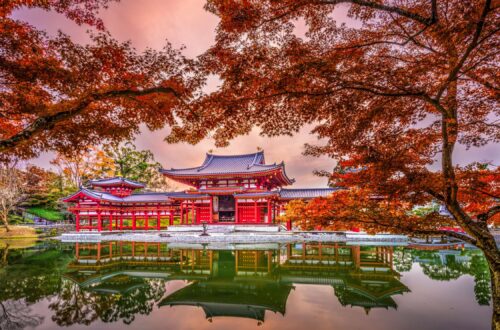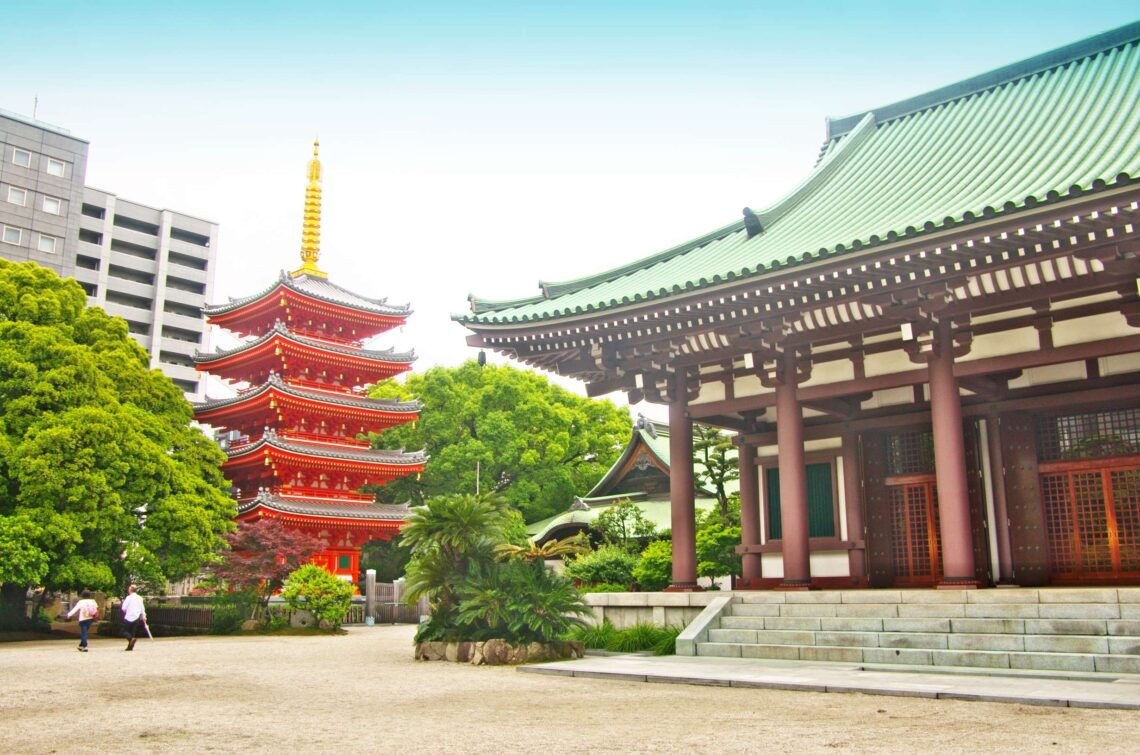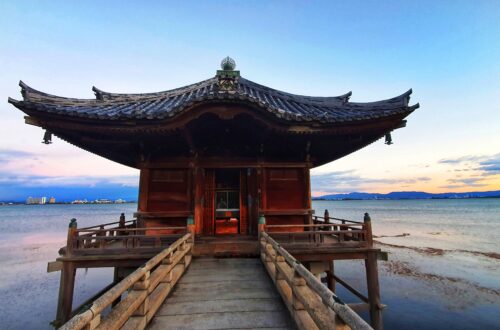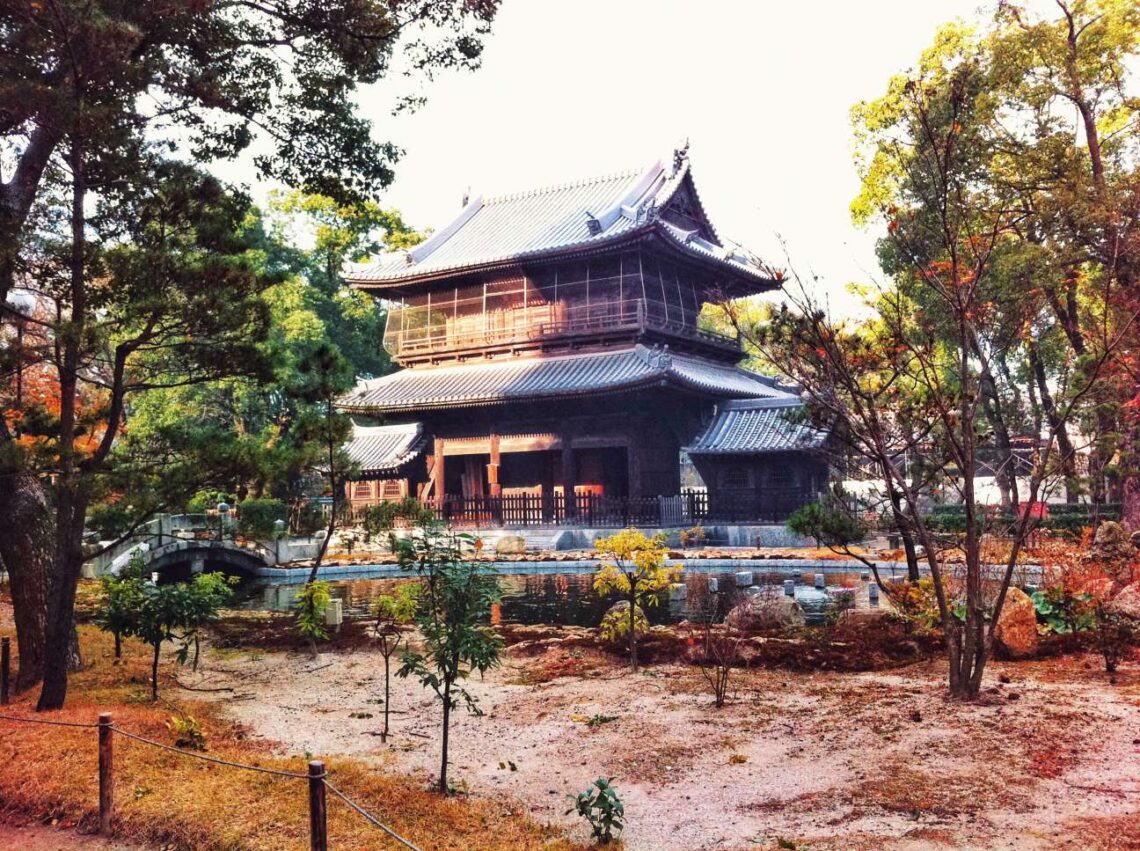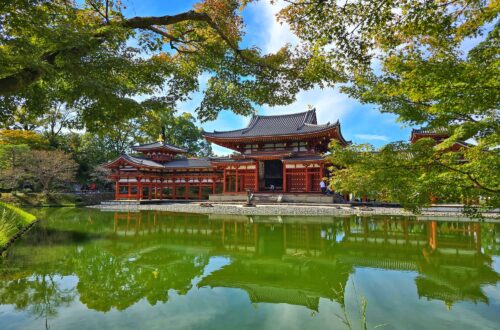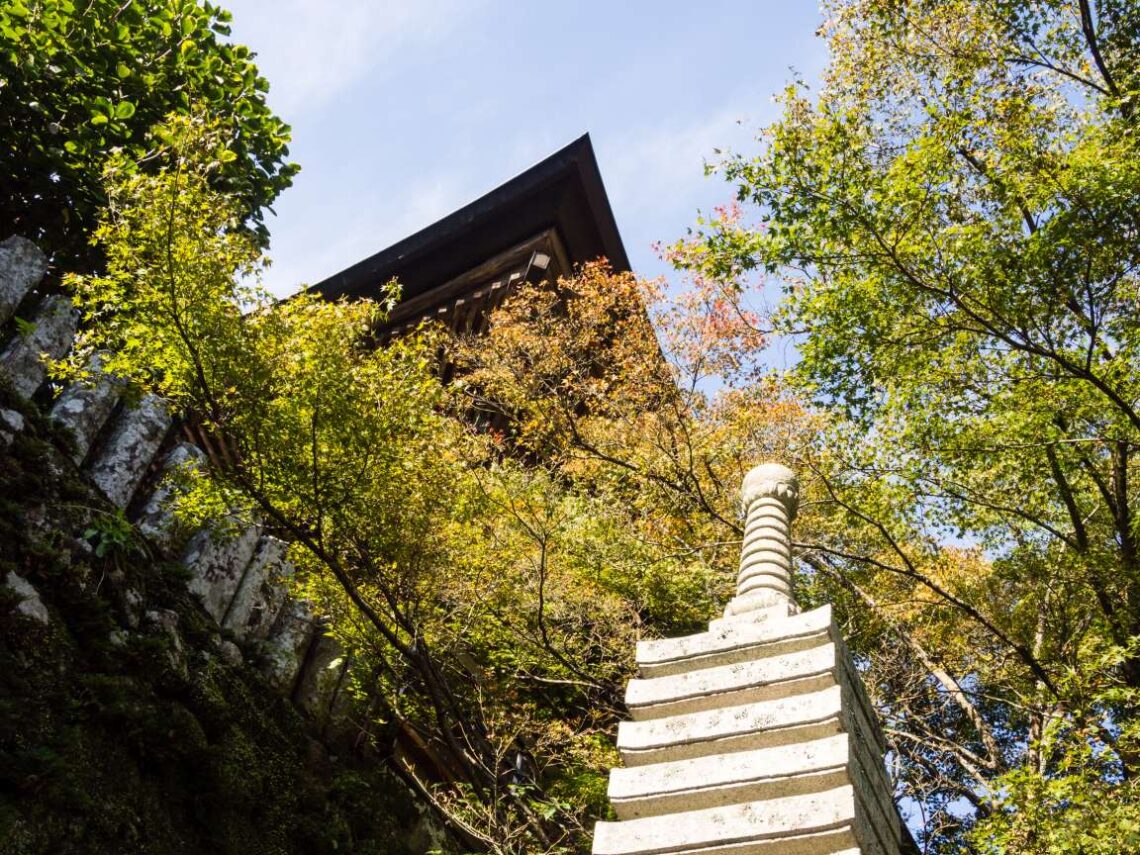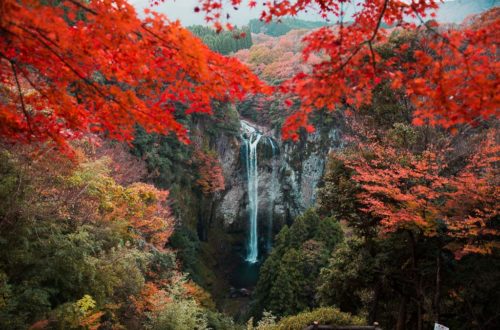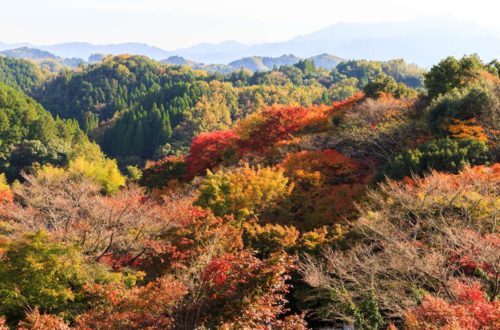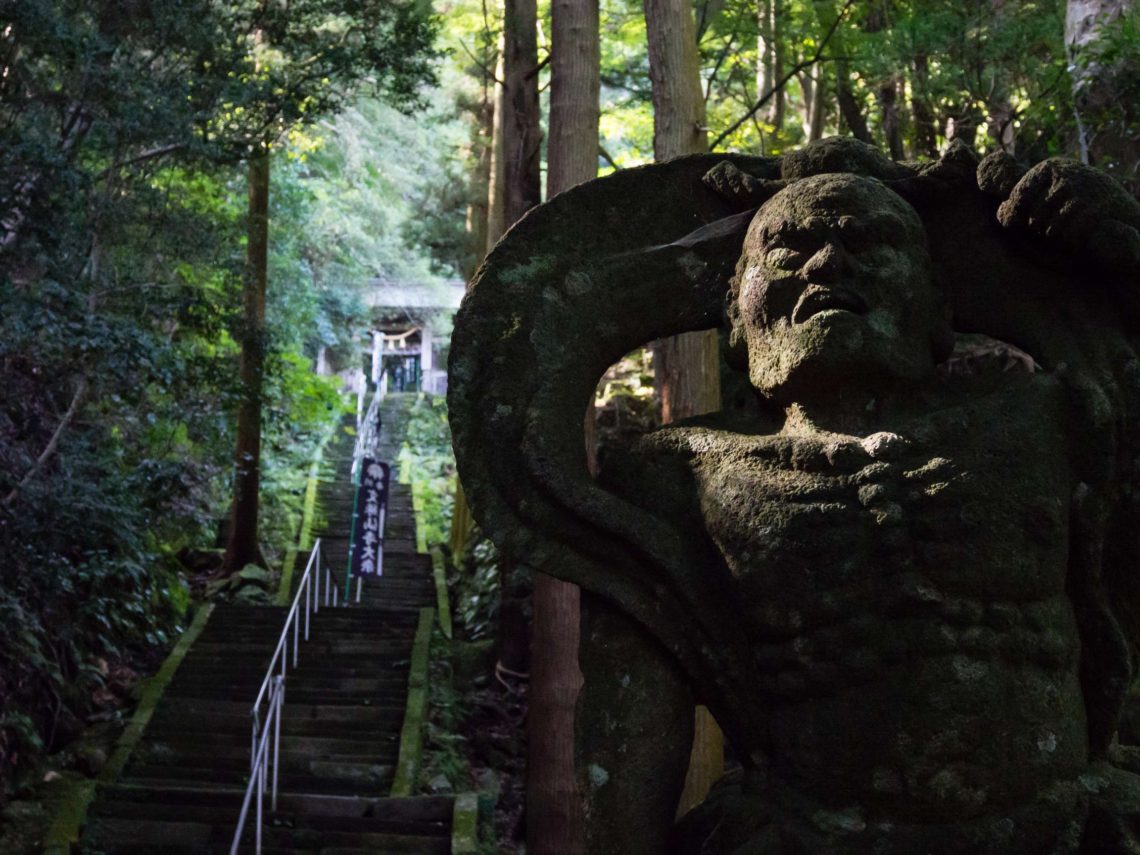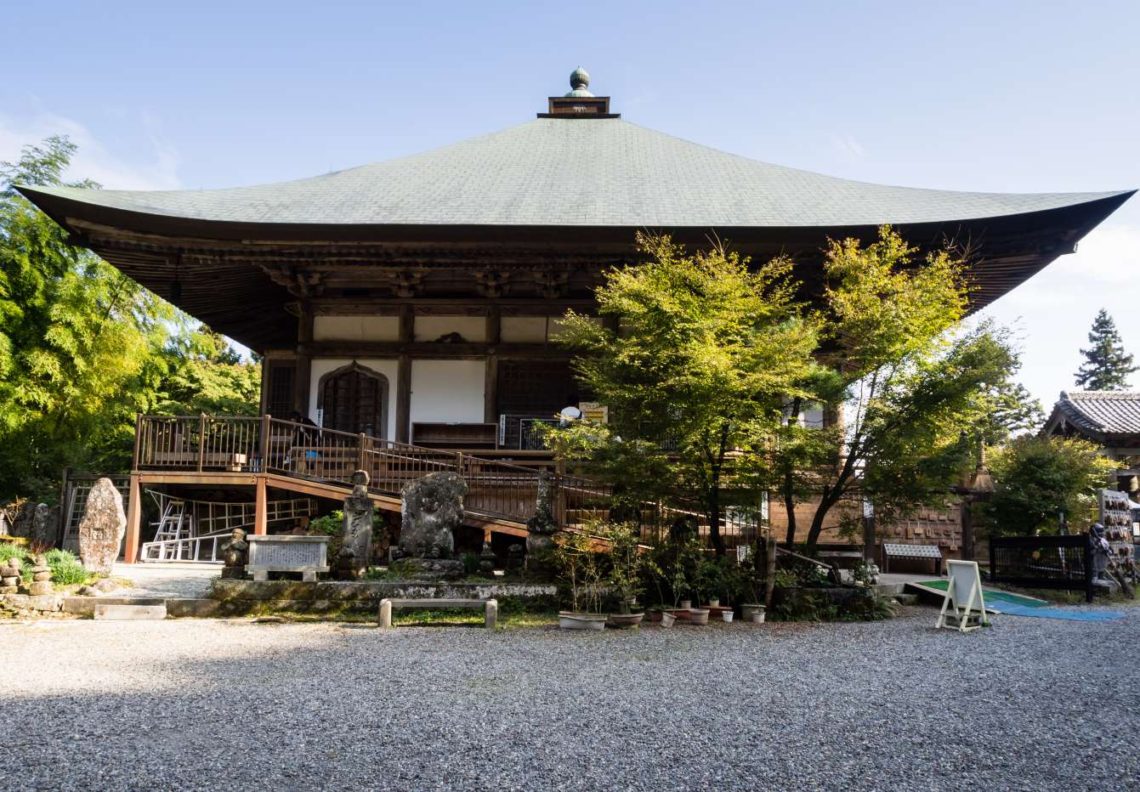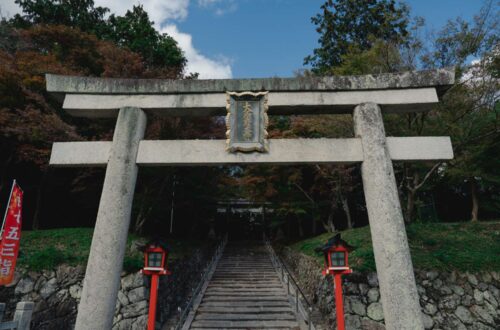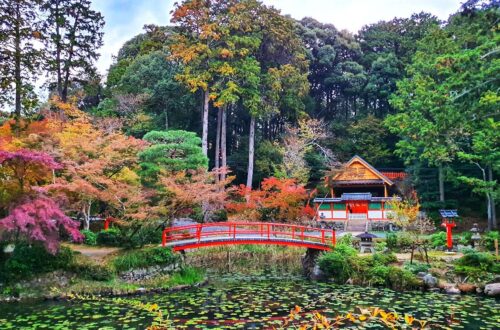Temples of Japan
-
Kumano Nachi Taisha – A Complete Guide to Japan’s Stunningly Beautiful Mountain Shrine
Nestled deep inside the secluded Kii Peninsula (紀伊半島) is the scenic and majestic Kumano Nachi Taisha (熊野那智大社) shrine. Kumano Nachi Taisha is one of those destinations that has been a poster boy for many Japan travel promotional materials; and for a right reason. This is the shrine that features the iconic vermillion pagoda with a majestic waterfall in the background. And, it also happens to be one of the major spiritual sites for the renowned Kumano Kodo hiking trail. With that in mind, let’s explore what this iconic shrine has to offer. Disclaimer: This article contains affiliate links. If you book after clicking on one of these links then I…
-
Former Chikurin-in Temple – The Ultimate Travel Guide
Located in the town of Sakamoto (坂本) near Kyoto (京都), lies the small and quaint Former Chikurin-in Temple (旧竹林院). Don’t underestimate this small temple though as this place is not only a scenic beauty but also once served as a Satobo (里坊), or a residence for retired monks. Today, this place is famously known among locals for its scenery of its garden reflection captured on a low table setup in Japanese-style rooms. History A Little Historical Background This site is located at the foot of the famed Mt Hiei (比叡山 or Hiei-zan) which houses the massive temple complex of Enryakuji (延暦寺) at its summit. At its peak, Enryakuji had over…
-
Kurama-dera Temple – The Ultimate Travel Guide
While my wife and I went on a day trip to escape the bustling Kyoto to Kurama (鞍馬), Kurama-dera Temple (鞍馬寺) turned out to be one of our favourite highlights in our Kyoto trip. In fact, climbing mountains was undeniably a nightmarish activity for my wife and we did not know what to expect out of Kurama Temple. To our surprise, Kurama-dera turned out to be a pleasant temple to visit. The remote natural beauty together with the lack of tourist crowds makes this one of our favourite temples to visit in Japan. Introducing Kurama-dera Location Kurama-dera is located up north of Kyoto at the base of Mt Kurama (鞍馬山).…
-
Kurama Dera Temple – Kyoto’s Captivating Mountain Temple
Amidst the numerous wooden and rustic temples in the ancient capital of Kyoto (京都); Kurama Dera Temple (鞍馬寺/Kurama-dera) stands out from the rest as a mountain temple. It is located up in the mountains of Kurama; a spot renowned among locals as a spiritual power spot and also home to the legendary tengus (天狗). So what about this temple that makes it a fascinating site to visit? Let’s explore the background behind this scenic temple. History of Kurama Dera Temple The history of Kurama mainly started from AD 770 when the monk from China Gancho (鑑禎). One night, the monk dreamt of a spot containing great source of spiritual energy…
-
Dazaifu – The Ultimate Guide to Japan’s Former Western Capital
Did you know the small city of Dazaifu (太宰府) was once shared the status as the capital of Japan together with the famed Kyoto (京都)? Located 15 kms southeast of Fukuoka (福岡), this city once served as the bridge that connects Japan and the outside world. In fact, the city traced its origin 1,300 years ago and was once a major cultural and political hub. Despite being a fraction of its former glory today, it remains a hidden yet significant travel spot simply for its historical value. Let’s explore what the once magnificent capital has to offer: What is the history behind this small city? Which attraction is not to…
-
Tochoji – Introducing Japan’s Massive Wooden Seated Buddha
On the side of the busy Taihaku-dori (大博通り) street of Fukuoka city (福岡); lies Tochoji (Tochouji/Tōchōji/東長寺), a rather small and peaceful temple. Do not let it’s soothing appearance deceive you however, as Tochoji is one of the oldest temples in the island of Kyushu (九州). Furthermore, this temple also holds the largest seated wooden Buddha statue in Japan; so much so that even the Dalai Lama himself visited the temple to give a talk in 2018. To learn more about this impressive temple, let’s dwell into its history and complex, shall we? History of Tochoji Read More Originally established in AD 806 as a Shingon Buddhism temple (真言宗) by a…
-
Shofukuji – A Complete Guide to Japan’s First Zen Temple
Would you believe if I tell you that the temple that pioneered one of Japan’s major religion is a back alley temple within a metropolitan? That’s right, the founding temple for Zen Buddhism in Japan is Shofukuji (聖福寺); one that is not in the ever-popular Kyoto (京都) but in the city of Fukuoka (福岡). As a matter of fact, this temple was founded in AD 1195; predating Kyoto’s oldest Zen temple, Kenninji (建仁寺) by 7 years. Having said that, let’s explore this little temple that founded Zen Buddhism in Japan. History of Shofukuji Read More Shofukuji (聖福寺) was first established in AD 1195 by a Buddhist priest known as Eisai…
-
Kunisaki Peninsula – Discover Kyushu’s Authentic & Hidden Beauty
Kunisaki Peninsula (国東半島), home of majestic mountains and rustic Buddhist temples is certainly one of Japan’s secret gem. Furthermore, the region is also home to an ancient 1,300 years old culture known as Rokugo Manzan (六郷満山). In essence, the place is a spiritual site nestled in a nature haven that is rich in history and culture. With that in mind, let us explore this lovely hidden destination shall we? Background of the Kunisaki Peninsula Read More Kunisaki Peninsula itself was formed from volcanic activities millions of years ago; which resulted in its current mountainous topography. It is located north-east of the island of Kyushu (九州), just north of the city…
-
Monjusenji Temple – The Ultimate Spiritual Wisdom Spot of Kunisaki
Have you ever heard of the temple of wisdom known as Monjusenji (文殊仙寺)? This little mountain temple located in the Kunisaki Peninsula (国東半島) of Oita prefecture (大分県), is an off the beaten track destination that only the locals or the most die-hard explorers would have heard off. In fact, the temple is considered the go-to spot among meditation enthusiasts and nature lovers who wish to explore forest bathing. Let’s explore this enchanting spiritual spot deeper, shall we? History of Monjusenji Temple and How It is Related to Wisdom Read More Monjusenji (文殊仙寺), just like the Kunisaki peninsula’s poster boy, Futagoji (両子寺) was also built during the inception of the Rokugo…
-
Futagoji Temple – A Complete Guide to Kunisaki Peninsula’s Poster Boy
The name Futagoji (両子寺) is no stranger for anyone who has visited or lived nearby the Kunisaki peninsula. And yet, this temple remains relatively unknown among the travel circle given its secluded location. Futagoji is a small mountain temple located deep within the forests in the center of the peninsula. Because of this and also its iconic twin Nio guardians (仁王) statues, Futagoji is widely considered as the poster-boy temple of the region. In fact during my exchange to Oita, Japan, this was one of the first temples that I visited on a field trip. Despite having to travel in a large group while being accompanied by the enthusiastic chatters…
